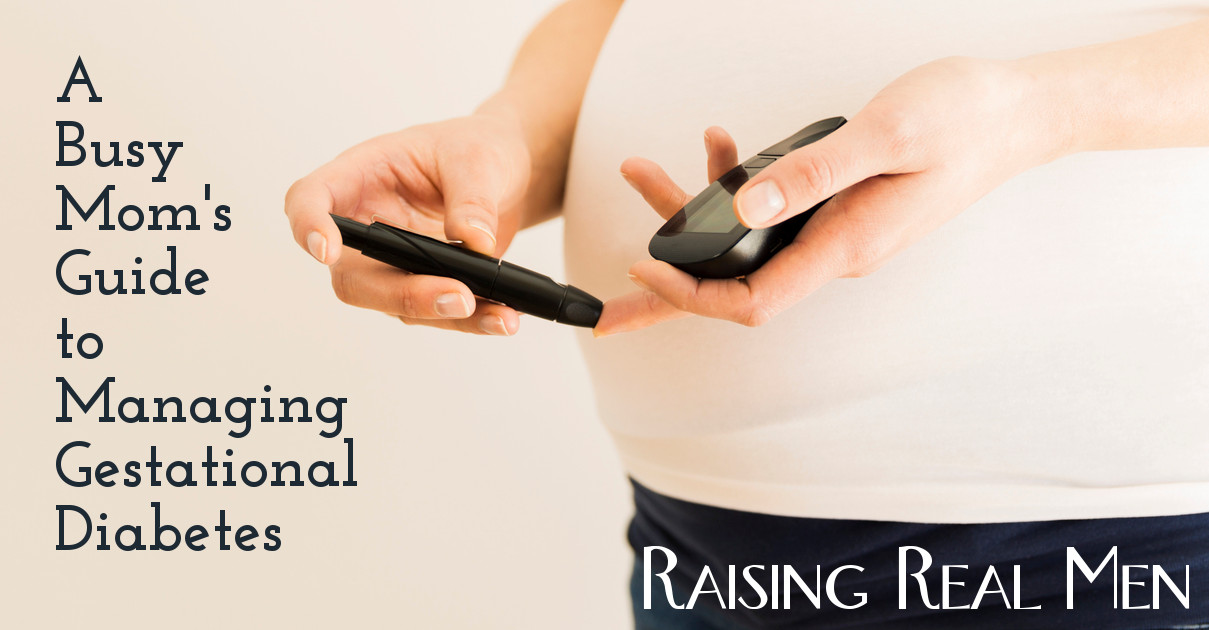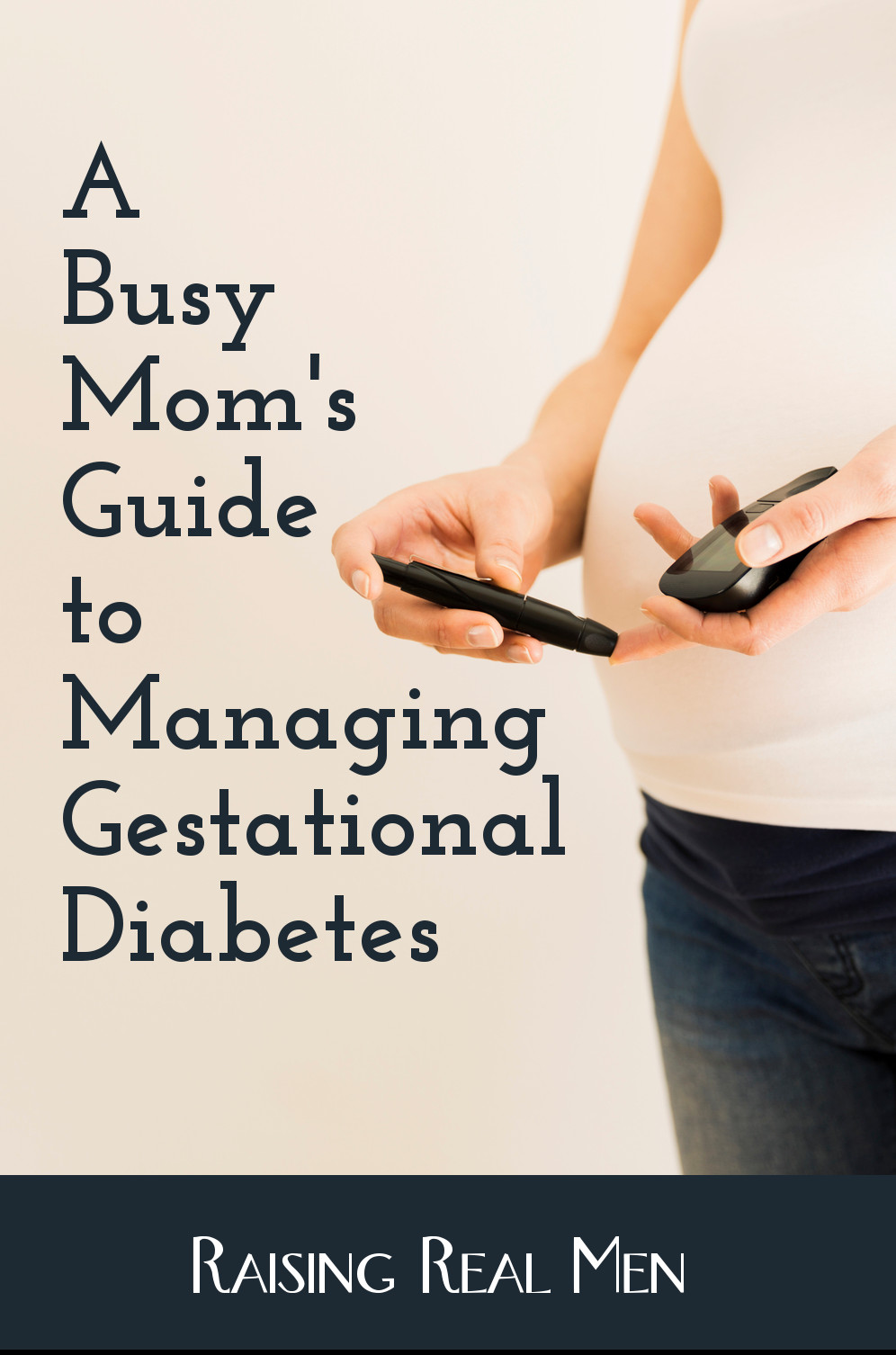Gestational Diabetes
Many years ago, I posted this on my first blog. I find myself still linking to it again and again, so I thought it was high time to move it over here.
Gestational diabetes continues to be a big problem among the young moms I know, even though some people don’t think gestational diabetes is real or that we should be concerned about it. They need to read some research. It’s real and it’s dangerous.
I’m not saying it’s not over-diagnosed, or poorly treated when it is, because that’s pretty obvious just listening to the wide variety of often contradictory advice moms are getting. So…
Here’s my take on managing gestational diabetes (diabetes during pregnancy), taken from a long letter I just wrote another mom.
DISCLAIMER: I am not a doctor and this is not medical advice. This is an explanation of what I’ve found works for me. Consult your own medical professional (doctor, midwife, dietitian, nutritionist, whatever).
I have had diagnosed gestational diabetes (GD) with 7 pregnancies, all of which ended in healthy babies. You can do this. I have learned a lot and I’ll try to share it with you if you can stand it long enough – I’ve got a lot to say :-).


The traditional diabetic diet has too many carbohydrates and not enough fat and protein for many pregnant women. They emphasize low fat because a type 2 diabetic generally needs to lose weight, not because it causes problems with your blood sugar! A pregnant mom doesn’t need to lose weight. Therefore, most people with GD need to eat more protein and more fat and less carbs. Let me explain why:
Much of the food we eat is converted by our bodies into glucose – the body’s fuel. The increase in glucose after we eat, causes our pancreas to release insulin, which is the key that opens the door to our cells for glucose to enter so that it can be used for energy. If we go too long without eating, our blood sugar may drop too low. In that case, the liver produces glycogen, which breaks down the fat in our bodies – to glucose – for energy. Sometimes our cells become resistant to insulin – when we are overweight, or we’ve inherited some bad genes, or we’re pregnant. Pregnant moms become slightly resistant to insulin in the last trimester, to raise their blood sugar a little so the baby can pack on some fat. Unfortunately, some of us become too resistant to insulin and our blood sugar becomes too high. That is dangerous for the baby and for us.
Blood sugar that is way too high is damaging to sensitive organs – not good for either. Also, the baby gets used to producing a huge amount of insulin to deal with the high blood sugar. This causes the baby to pack on too much weight (which can cause birth problems). And when the baby is born, suddenly it doesn’t have your high blood sugar to live on and when it produces the high amount of insulin it has become used to, the baby’s blood sugar drops dangerously low. That’s why gestational diabetes is a concern. There are those who deny GD is real or say it is underlying diabetes. For one thing, it isn’t true – my hemoglobin A1c (which tells your blood sugar over the past several months) is always normal at the start of pregnancy. For another thing, your baby is at stake – ignore them! Now, how do you deal with it?
Carbs are for energy. They raise your blood sugar quickly, your insulin responds quickly and hopefully, your body takes in the carbs and your blood sugar drops quickly. Proteins are for building blocks of cells and for some energy. They raise your blood sugar much more slowly. Fats are for long term energy and for brain health, among other things. They raise your blood sugar very slowly indeed. Eating a balance of these things together means your blood sugar doesn’t have huge peaks and valleys. This is called euglycemia (good blood sugar) and is best for the baby. Eating carbs by themselves is a bad idea.
So, carbohydrates are the main thing you need to be concerned about lowering in your diet. I test my blood sugar 5 times a day – before breakfast, two hours after each meal and at bedtime. If the cost of strips is keeping you from testing often, order some about to expire ones from eBay. You’ll be using them right away anyway. If it’s the discomfort, buy thin lancets and prick only the sides of your fingers, never the pad or end.
I have found that while the typical GD diet allows a good many grams of carbs per meal, that I can only eat 30g at a time, or my blood sugar goes too high. Now, I can eat that amount every two hours if I want, and I don’t have a problem, but I can’t eat many carbs at a time at all. It is very important to get enough nutrition during pregnancy, though, so what do I do? I nearly starved to death on the regular diet. Now, I eat as many proteins and fats and low carb veggies as I want, 30g of carbs or less and eat again in two to four hours if I’m hungry and my blood sugar is right. I’ve learned to add more meat and cheese to my sandwich instead of having another sandwich 🙂
Here are some tips for managing euglycemia:
Find out your carbs by reading packages. Subtract the grams of fiber from the grams of carbohydrates to find out how many carbs something has. Fiber doesn’t count against you, in fact it helps your blood sugar rise more slowly. Bread is something that has drastic differences. A slice of bread can have anywhere between 5g and 60g!! Nature’s Own has some very low carb breads (though they aren’t called that – look for Double Fiber, Whole Wheat and others). For unpackaged foods, you can look up their carbs on the internet.
If your fasting blood sugar is too high, you may be having Rebound or Semogyi effect. That means your blood sugar is getting too low in the middle of the night and your body is producing too much glycogen and raising your blood sugar too high. Never go to bed without a snack unless your blood sugar is too high. A protein-heavy and fatty snack is best like a piece of cheese toast or some cheese nachos or peanut butter. If that doesn’t work to bring it into the normal range, try a glass of milk or a snack at *3am* as well – the usual time for low blood sugar. It is amazing how that will work!
I have found I can have most any food if I eat a small enough quantity and in balance. If you are having trouble with that protein and fat thing – well, I wanted something sweet – drink a half cup of milk with it. Whole milk. It has fat and proteins and also increases your insulin production. Some food tend to be troublesome for most people like pizza and tortillas. We love tortillas, so I just buy the low carb kind for me.
Exercise increases our cells’ response to insulin drastically. Whenever you have that high blood sugar feeling – antsy, irritable, feel like the hair on the back of your hand is standing up, thirsty – exercise! I even do this on bedrest with leg lifts and arm lifts (often with weights). Wow! That really helps your blood sugar.
If you are losing weight, or having to drastically reduce your carbs, test your ketones first thing in the morning. You can buy urine ketone test strips at any drug store or Wal-Mart. Ketones aren’t good for the baby and you need more calories if you are testing positive. However, if you aren’t getting a bed time snack or you are having a rebound effect and haven’t tried the 3am snack, you can show ketones, too. That means you need more nighttime calories. I always lose weight in pregnancy, but if I show ketones, I eat more!
Keep an eye out for low blood sugar – nausea, faintness, tingly, confused – and always keep a snack with you to ward this off.
I hope you are still with me and that this will help you to manage your GD without insulin. Some folks do need it – if they can’t get enough calories with what their bodies can tolerate in carbs or if their blood sugar is swinging all over the place, but lots more just need to understand how their bodies work and learn to adjust to it. I’m sorry you are having to deal with this, but seriously, it is manageable. You just have to take charge of learning about what your body needs.
Hope that helps,
Melanie
